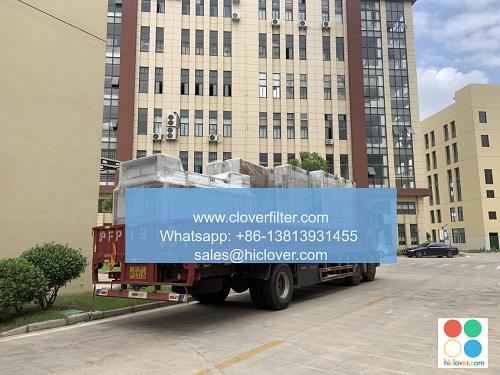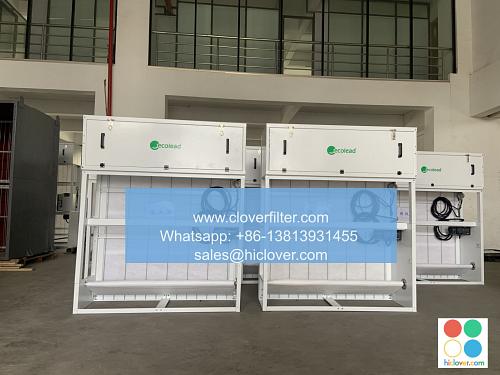Integrating Air Filters with Smart Home Technology: A Guide

As the world becomes increasingly digital, the concept of smart homes has gained significant attention. One crucial aspect of creating a truly smart home is integrating air filters with smart home technology. This fusion of air purification systems and intelligent home automation can greatly enhance indoor air quality, energy efficiency, and overall living comfort. In this article, we will delve into the world of air filter integration, exploring its benefits, key application areas, and providing a comprehensive guide on how to make the most out of this innovative technology.
Benefits of Integrating Air Filters with Smart Home Technology
The integration of air filters with smart home systems offers a multitude of benefits, including:
- Enhanced Indoor Air Quality (IAQ): By leveraging advanced sensors and automation, smart air filters can detect and respond to changes in indoor air quality in real-time, ensuring a healthier living environment.
- Energy Efficiency: Smart air filters can optimize their operation based on occupancy, air quality, and other factors, leading to significant energy savings and reduced utility bills.
- Increased Convenience: With smart home integration, users can control and monitor their air filters remotely using mobile apps, receiving notifications and alerts when maintenance is required.
Key Application Areas for Smart Air Filters
Smart air filters have a wide range of applications across various industries and settings:
- Residential Homes: Ideal for homeowners seeking to improve indoor air quality and energy efficiency, smart air filters can be integrated with existing HVAC systems or used as standalone units.
- Commercial Buildings: Offices, hotels, and restaurants can benefit from smart air filtration systems, which can help reduce energy costs, improve occupant health, and enhance overall productivity.
- Industrial Settings: Smart air filters can be used in manufacturing facilities, warehouses, and other industrial environments to remove pollutants, dust, and other airborne contaminants, ensuring a safer working environment.
A Step-by-Step Guide to Integrating Air Filters with Smart Home Technology
To integrate air filters with smart home technology, follow these steps:
- Choose a Compatible Air Filter: Select an air filter that is designed to work with smart home systems, featuring Wi-Fi or Bluetooth connectivity.
- Install the Air Filter: Follow the manufacturer’s instructions to install the air filter in your home or building, ensuring proper ventilation and airflow.
- Connect to Your Smart Home Hub: Link the air filter to your smart home hub or controller, using the manufacturer’s app or software to configure settings and preferences.
- Monitor and Control Remotely: Use your mobile device or voice assistant to monitor air quality, adjust fan speeds, and receive notifications when maintenance is required.
Future Developments and Trends
As smart home technology continues to evolve, we can expect to see further innovations in air filter integration, including:
- Artificial Intelligence (AI) and Machine Learning (ML): Advanced algorithms will enable smart air filters to learn and adapt to changing indoor air quality conditions, optimizing their performance and energy efficiency.
- Internet of Things (IoT) Connectivity: Seamless integration with other smart devices and sensors will allow for a more comprehensive and automated approach to indoor air quality management.
By embracing the integration of air filters with smart home technology, individuals and organizations can create healthier, more sustainable, and connected living and working spaces. As this technology continues to advance, we can expect to see significant improvements in indoor air quality, energy efficiency, and overall quality of life.
You haven’t provided a prompt or question for me to respond to. Please provide more context or information so I can assist you better. What would you like to talk about or ask?


